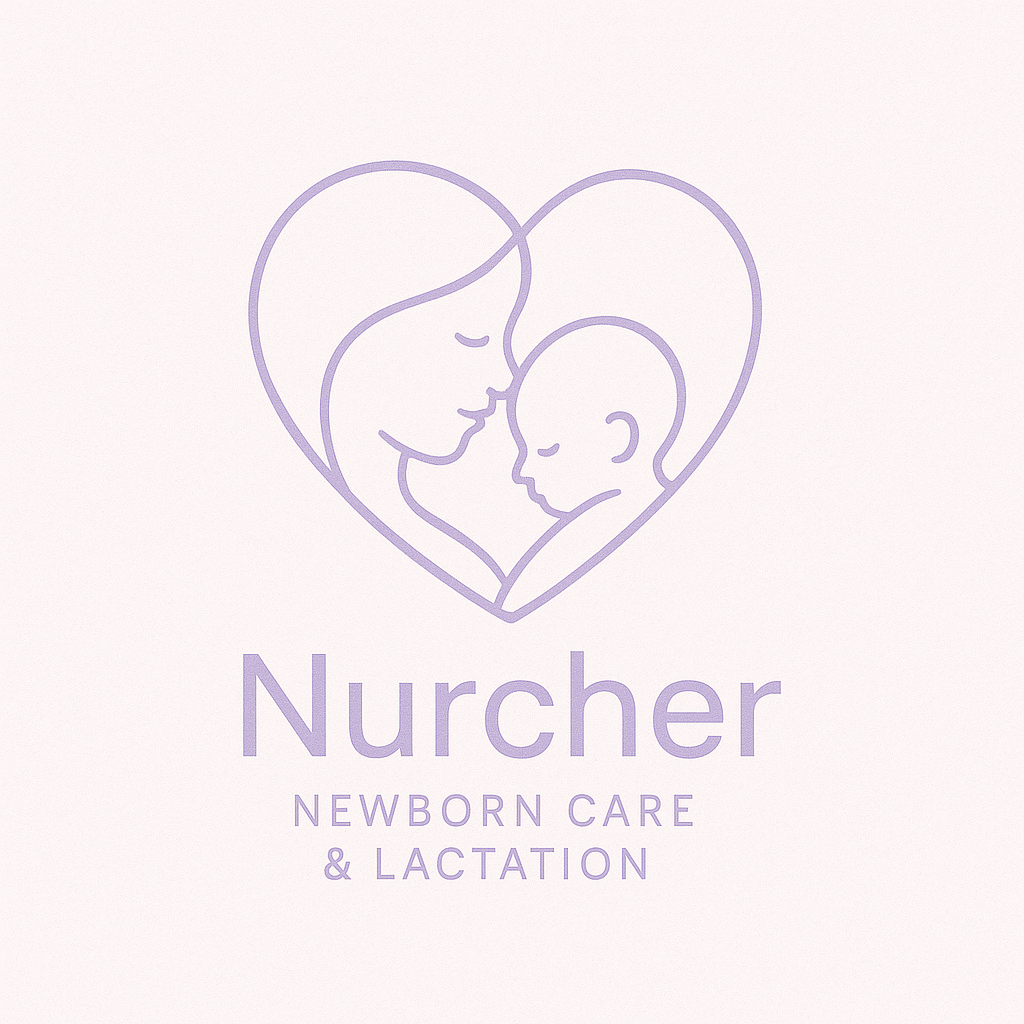Topping Off Baby: Bottles, Boobs & Backup Plans for Happy Feeding
Welcoming a new baby is filled with joy, wonder, and—sometimes—unexpected feeding twists. One of the most common (and confusing) moments for new parents comes when you hear the word “supplement.” Whether for just a few days or a little longer, supplementing your baby can be an important tool in supporting their growth—and your peace of mind.
This light, friendly guide will walk you through why supplementation might be recommended, the different ways to do it, and how to keep your feeding journey gentle, supported, and full of love (and milk!).
Why Might a Newborn Need Supplementation?
Let’s be real: even the best-laid feeding plans sometimes need a little backup. Here’s why your care team might suggest a little extra milk on the side:
Baby’s lost more than 7-10% of their birth weight
Weight gain is slower than expected
Baby’s not making enough wet or dirty diapers (hello, diaper math)
Low milk supply (especially in the early days)
Jaundice that needs extra hydration and calories to clear
Baby is sleepy, small, or not latching well yet (common in preemies or late preterm babies)
Mom’s body needs a little recovery time—sometimes health, stress, or birth complications make milk slow to start
Personal choice—combo feeding is absolutely valid if it feels right for your family!
Needing to supplement doesn’t mean you’re failing—it means you’re meeting your baby’s needs in the best way possible. And that’s awesome.
Triple Feeding: The Super-Parent Feeding Plan
Triple feeding is like the ultimate “cover all bases” plan. It means you:
Breastfeed (if possible)
Pump (to keep your supply grooving)
Supplement (to make sure baby gets enough—via bottle, SNS, or another method)
Yes, it’s a lot (we see you, tired parent!)—but it’s usually a short-term fix to protect both baby’s growth and your milk supply while figuring things out. Definitely worth checking in with a lactation consultant often to adjust the plan and keep your sanity intact.
Ways to Supplement: It’s Not Just Bottles!
Feeding backup comes in many forms—and you can totally pick what works for you and your baby’s vibe.
Finger Feeding
A thin feeding tube (SNS-style) is taped to your clean finger. Baby sucks while getting milk—helpful for tiny mouths who haven’t mastered the breast yet.
SNS (Supplemental Nursing System)
A flexible little tube that lets baby get extra milk while nursing at the breast. Keeps the milk flowing and the nursing skills growing. Win-win. But, this can be tricky to do solo (especially when first learning) so support may be necessary.
Bottle Feeding
The classic. You can offer expressed breast milk, donor milk, or formula. Use paced bottle feeding to mimic the breast rhythm and reduce bottle preference. (Your lactation consultant can show you this!)
Cup or Spoon Feeding
For short-term use or tiny amounts, babies can sip from a small cup or spoon. (Yep—newborns can totally lap milk like pros!)
What Can You Supplement With?
Pumped breast milk (fresh or frozen)
Donor breast milk (from a screened milk bank)
Formula (any standard iron-fortified formula unless told otherwise)
There’s no wrong choice here—what matters is baby getting fed, you feeling good, and everyone staying sane.
Keeping Your Feeding Relationship Strong
Just because you’re supplementing doesn’t mean you have to give up breastfeeding goals (if you have them!). You can:
Keep baby close with skin-to-skin time—great for bonding and milk supply
Pump or hand express to keep milk production humming
Track feedings, supplements, and diapers to watch progress (grab our free tracker [here]—insert link)
Work with an IBCLC to make an update-able plan that grows with your baby
A Personal Note From Me to You
I want to share a little (ok, it’s actually a lot) of my own feeding journey—because I know how overwhelming and emotional this all can feel when you’re in it.
Before my daughter was born, I harvested colostrum—just a few precious milliliters—and proudly tucked it away at home, feeling prepared. But when I unexpectedly got admitted for an induction, all that colostrum did me no good sitting in my freezer miles away.
She latched well in the beginning—or so I thought—but just 24 hours after birth, my nipples were cracked, bleeding, and I had a fussy, frustrated baby who seemed to want to eat non-stop. Something didn’t feel right. And I was right—her blood sugars dropped and she had to go to the NICU.
When she was taken from me, all I wanted was to make sure she could come home when I was discharged. Whatever they said I needed to do to help her get better, I said, “I’m in.” Our hospital didn’t offer donor milk like some do, so I was left with two options: formula, or whatever I could pump.
And just like that, I was thrown into the whirlwind of triple feeding—pumping, nursing, supplementing—before I had even really processed what was happening. I thought I was bringing home an exclusively breastfed baby, but instead I came home with a baby who was almost exclusively bottle-fed with formula.
Honestly? I didn’t care in that moment. I just wanted her home.
But when we got home and went to those first few pediatrician appointments, every time they asked, “What are you doing for feeds?”—I cried when I said, “We’re combo feeding.”
Not because they judged me—they didn’t. They didn’t care if she was fed by breast or bottle or formula. They cared that she was healthy, growing, thriving.
That pressure was all coming from me.
I felt like I was failing because we weren’t breastfeeding the way I had planned. Because it looked different than I imagined.
And I don’t want anyone to feel like that.
I want you to know how it feels on the other side—with grace, perspective, and understanding that this is just a fleeting moment in the huge, beautiful, messy, amazing journey of parenthood.
I want you to know that moms who can’t breastfeed, or choose not to, or only breastfeed for a little while are just as strong and remarkable as moms who breastfeed for years.
Yes—breastmilk has lots of benefits.
But you know what else has incredible benefits?
A happy, supported, rested mama.
I remember telling my lactation consultant,
"I can keep doing this triple feeding if there’s hope we’ll make it to exclusive breastfeeding. But if there’s no hope... I can’t keep this up forever."
Because I know how exhausting it is.
I know how consuming and emotional it can be.
But now, on the other side of it, I see triple feeding, formula, bottles, the SNS—not as failures—but as tools that helped keep my baby safe, fed, and thriving.
I can still feel the pride I felt when I pumped those first drops of milk. Then the joy when I pumped enough to put in a bottle. Then the day I could feed her a full feed of a bottle of my milk. Then there was the day we didn’t make any formula for the first time—a pure win.
And I really wish I had given myself more grace then.
So if you’re in the middle of it... please know you’re not alone.
You deserve grace.
You are doing an incredible job.
Whatever your feeding journey looks like—it is valid, important, and worthy of pride.
Final Sip: Milk, Love, Options, and Grace
There’s no one “perfect” feeding journey—just the one that works for you and your baby. And that’s more than enough. Whether you’re using breast, bottle, SNS, or finger, you’re nourishing your baby with care, attention, and love. Supplementing isn’t "giving up." It’s giving your baby exactly what they need right now—and that makes you a rockstar parent.
You’re Doing Amazing—Really.
Need a little help keeping track of all the feeding fun? Check back for our Newborn Feeding & Diaper Tracker to stay on top of it all.




